Scientific name Pogonomyrmex Rank Genus | Family Formicidae Tribe Pogonomyrmecini Higher classification Myrmicini | |
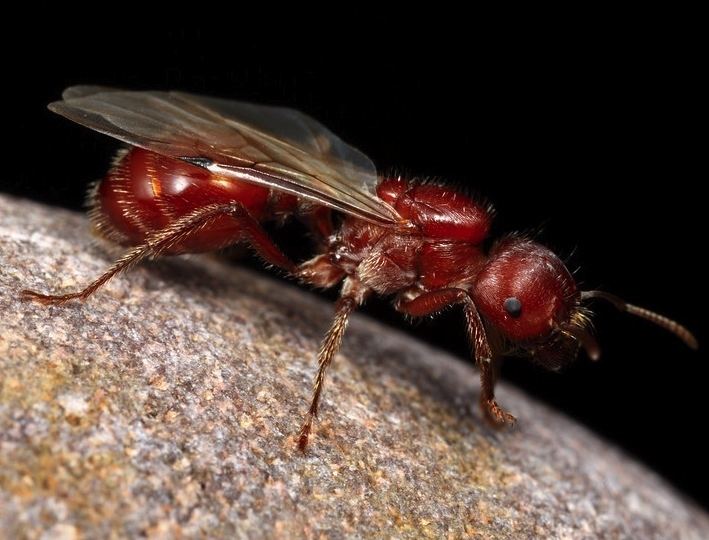 | ||
Lower classifications Red harvester ant, Pogonomyrmex maricopa, Pogonomyrmex colei, Pogonomyrmex anergismus | ||
Ant farm update cool ants in hybrid nests odontomachus diacamma pogonomyrmex formica
Pogonomyrmex is a genus of harvester ants, occurring primarily in the deserts of North, Central, and South America, with a single endemic species from Haiti.
Contents
- Ant farm update cool ants in hybrid nests odontomachus diacamma pogonomyrmex formica
- Caring for pogonomyrmex occidentalis
- Description
- Venom
- Nests
- Predation
- Species
- References
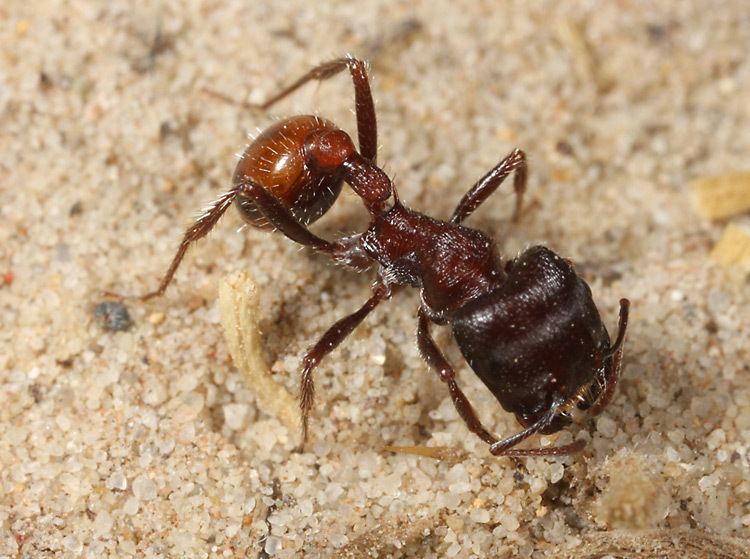
Caring for pogonomyrmex occidentalis
Description
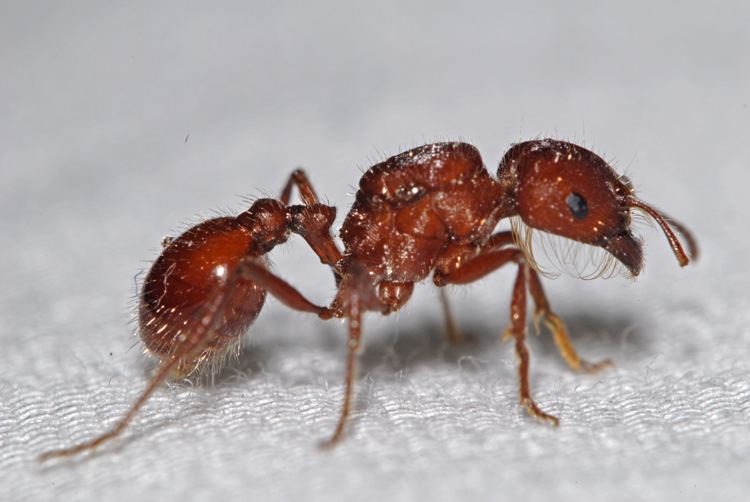
The genus name originated from the Greek language and refers to a beard-like structure, the psammophore, below the head (Greek πώγων/pōgōn, "beard" + μύρμηξ/murmēx, "ant"), which can be found in most species of the subgenus sensu stricto. The psammophore is used for gathering small seeds, helping to increase the efficiency of transportation of fine sand and pebbles during nest construction, or to carry eggs. However, this structure is missing in species of the subgenus Ephebomyrmex (Greek ἔφηβος/ephēbos, "beardless lad"), and these species generally have smaller individuals and colonies.
Venom
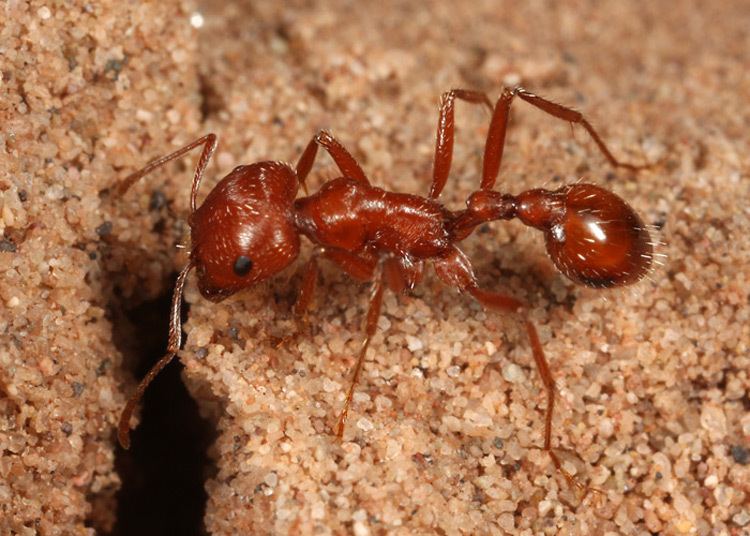
Pogonomyrmex (sensu stricto) workers have the most toxic venom documented in any insects, with Pogonomyrmex maricopa being the most toxic tested thus far. It has an LD50 of only 0.12 mg/kg, compared to western honey bee venom, at 2.8 mg/kg, and comparable to cobra venom. The venom is presumed to be an antivertebrate defense, specifically against predators that have evolved to selectively feed on them such as horned lizards. Very few insects have had the toxicity of their venoms formally tested, and other insects likely have more potent venoms.
Nests
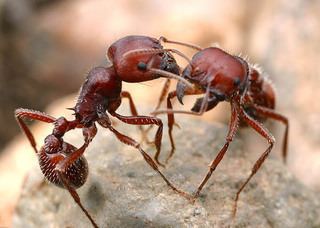
These ants dig very deep nests with many underground chambers in which they keep seeds, from which they derive food for their larvae. The areas around most Pogonomyrmex (sensu stricto) nests tend to be utterly devoid of vegetation, and are easily seen from a distance.
Predation
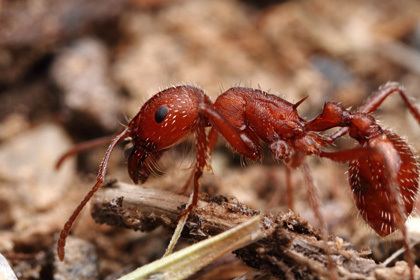
In addition to horned lizards, predatory wasps in the genus Clypeadon feed only on Pogonomyrmex workers, paralyzing them with their venom, and carrying them back to a burrow where they will serve as food for the wasp's larva.
Species
As of 2014, there are 68 extant and 1 fossil species in the genus.
